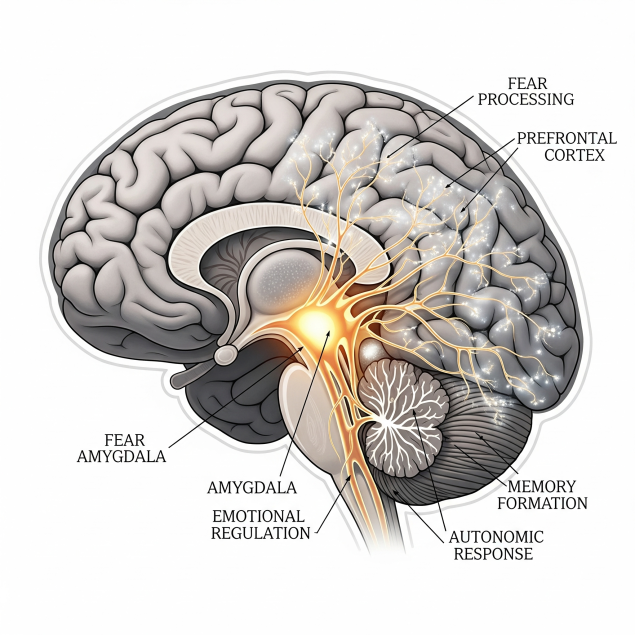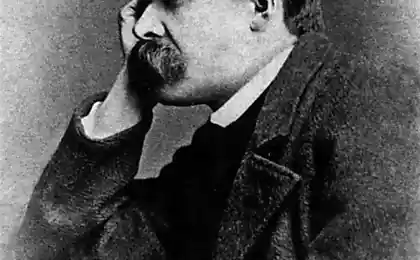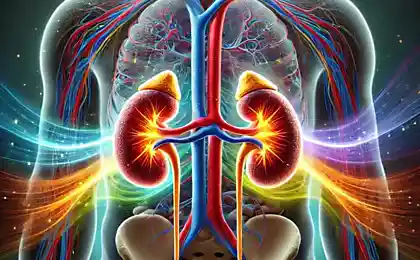66
Return Anxiety: How to Stop Worrying About Getting Stressed Again

Imagine: you successfully climbed out of life’s storms, coped with a crisis, walked out of a toxic relationship or left a soul-burning job. It was time to celebrate the victory! But instead of relief comes the strange feeling of standing in a minefield waiting for the next explosion. Welcome to the world of return anxiety, a psychological phenomenon that turns long-awaited peace into a new source of stress.
This insidious anxiety settles in the mind as an uninvited guest who constantly whispers, “What if it happens again?” It forces us to live on constant alert, turning every quiet day into a suspicious respite before a new storm.
The neurobiology of fear: why the brain sticks to the negative
Our brains are amazing, but sometimes too careful, security systems. When we experience a traumatic experience, neural networks form “danger maps,” recording every detail: smells, sounds, emotions, even lighting in the room. These memories are stored in the amygdala, an ancient part of the brain responsible for survival.
It's important to understand: Your brain can't tell the difference between a real threat and an imaginary threat. For him, the boss's call at 18:00 can be as dangerous as a predator's growl for our ancestors.
Studies of neuropsychologists show that after stressful events, the activity of the amygdala can remain elevated for months. This explains why even neutral situations can cause disproportionate anxiety reactions.

The Anatomy of Return Anxiety: How It Appears
73%
People experience anxiety coming back after severe stress
6-12
months - typical duration without intervention
85%
This can be corrected with the right approach.
Return anxiety manifests itself on several levels simultaneously. Physically, it can be chronic muscle tension, especially in the neck and shoulders, shallow breathing, sleep disturbances and increased fatigue. Emotionally - a constant feeling of alertness, irritability, a decrease in the ability to enjoy the present moment.
The main signs of return anxiety:
- Hypervigilantism – increased alertness to potential threats
- Avoidant behavior – rejection of new opportunities for fear of repeating negative experiences
- Ruminations – Intrusive reflections on past injuries and possible future problems
- Somatic manifestations - headaches, muscle clamps, digestive problems
- Disturbances of concentration – difficulty focusing on current tasks
Practical strategies for liberation
1. The technique of “grounding through the senses”
When an alarm wave strikes, use the 5-4-3-2-1 rule: name 5 things you see, 4 things you can touch, 3 things you hear, 2 things you smell, and 1 things you can taste. This technique instantly brings consciousness back to the present moment.
2. Reformulating internal dialogue
Replace destructive thoughts with constructive alternatives. Instead of "What if everything falls apart again?" use "Even if something goes wrong, I have the resources and experience to cope." This is not self-deception, but a realistic assessment of your increased abilities.
Your past is not a sentence, but a textbook. Every experience has added wisdom and perseverance.
3. Establishment of a “security protocol”
Develop a specific action plan in case of a stressful situation. This may include a list of people to turn to for support, self-help techniques, and financial reserves. Having a clear plan significantly reduces anxiety levels.

4. Working with bodily reactions
Progressive muscle relaxation: Starting with the toes, alternately strain and relax each muscle group for 5-7 seconds. When you reach the top of your head, you will feel a deep relaxation of your whole body. This technique “reboots” the nervous system and relieves chronic tension.
5. The practice of "Emotional Surfing"
Instead of dealing with anxious emotions, learn to surf them. Think of anxiety as a wave: it rises, peaks, and falls. Your job is not to resist, but to let the emotion pass through you, watching it from the perspective of the explorer, not the victim.
Long-term recovery strategies
Building an “emotional infrastructure”
Create a support system that includes not only people, but also practices, places, activities that restore your resources. This can be morning meditation, weekly meetings with friends, a hobby that brings joy, or regular walks in your favorite park.
Remember: taking care of yourself is not a luxury, but a necessity. You can't fill someone else's glass out of an empty jug.
Development of stress resistance
Paradoxically, the best way to stop being afraid of stress is to increase your ability to manage it. This is achieved through regular practice of getting out of your comfort zone in a safe environment: learning a new skill, public speaking, physical challenges.
When professional assistance is needed
If the anxiety of returning seriously affects the quality of life for more than three months, you should consult a specialist. Current approaches, such as cognitive-behavioral therapy, EMDR or acceptance and responsibility therapy, show high effectiveness in dealing with post-traumatic stress.
Red flags: If you avoid important life decisions out of fear, experience panic attacks, abuse alcohol or other substances to suppress anxiety, do not delay seeking professional help.
A New Start: From Survival to Prosperity
Overcoming the anxiety of returning is not just getting rid of unpleasant symptoms. This is a transition to a qualitatively new level of life, where you act based on your goals and values, and not on the fears and limitations of the past.
Your story doesn’t end with trauma, it just starts with it. Every day, when you choose courage over fear, trust over suspicion, openness over protection, you are writing a new chapter in your life. And this chapter may be the brightest and most intense of all.
Don’t let your past be the dictator of your future. You are the author of your story and you have all the tools to create a masterpiece.
Glossary of terms
The amygdala is the brain structure responsible for processing emotions and responding to threats, often referred to as the “fear center.”
Hypervigilantism is a state of heightened alertness and sensitivity to potential threats in the environment.
Ruminations are obsessive, repetitive thoughts about negative past events or possible future problems.
EMDR - Eye Movement Desensitization and Reprocessing, a method of psychotherapy for working with traumatic memories.
Grounding is the technique of bringing attention to the present moment through activation of the senses.
Stress resistance is the ability to successfully adapt and recover from stressful events or injuries.
Somatic manifestations are physical symptoms that occur as a result of psychological stress or anxiety.























